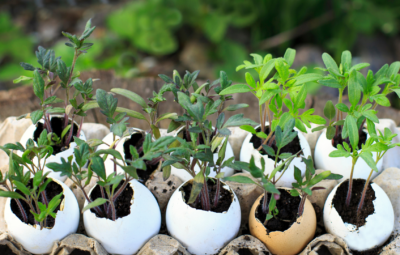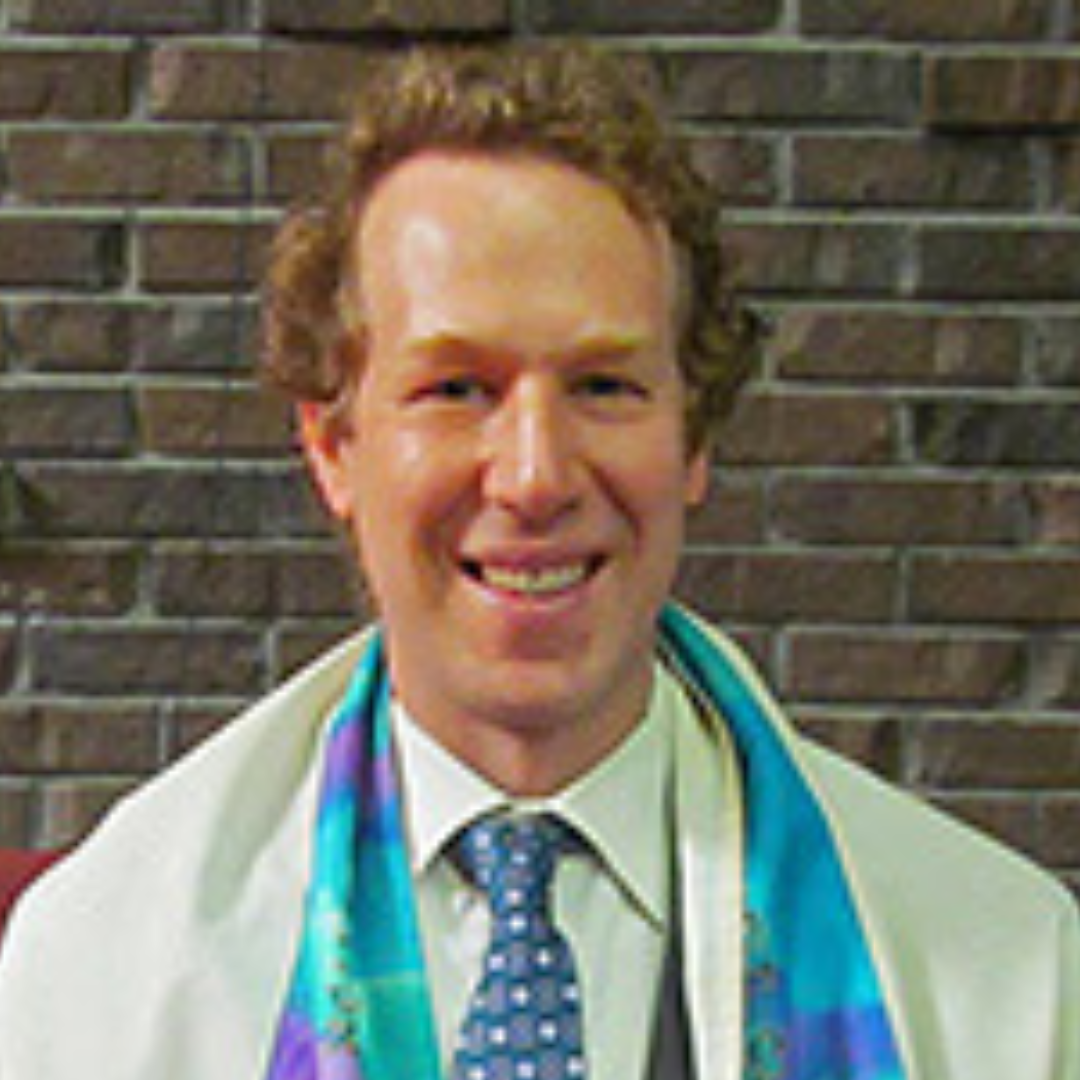My wife Ashirah is the mad scientist in our family. On a normal day in our house, you might find her with a tub of glue, Borax powder, water and food coloring, stirring away at a big vat of slime or standing over a pot of boiling water filled with salt, cream of tartar and all-purpose flour to make playdough. As a trained environmental educator, she is always thinking of new ideas to wow her preschool students, with a little extra for our own kids. She follows after her own father, Robert Klein, z”l, who was a chemist, always coming up with new concoctions in the kitchen when she and her siblings were growing up.

To really understand the Jewish holiday of Tu B’Shvat, you have to don plastic goggles and fire up a few Bunsen burners. This constantly evolving Jewish Arbor Day started out as a throwaway line from the Talmudic tractate of Rosh Hashanah about a New Year of the Trees, and somehow, under the direction of the Kabbalists in Safed, became a mini-Passover celebration in the dead of winter. While I never had a conversation with Mordecai Kaplan, I imagine this would be one of his favorite Jewish holidays and the perfect ground in describing Reconstructionist Judaism.
Perhaps, Rabbi Arthur Waskow put it best in when he wrote:
Tu B’Shvat, the “New Year of the Tree,” has itself grown like a tree. It has sometimes sprung to life in joyful abandon, sometimes suffered centuries of winter, and then sprung anew from what seems like a barren trunk to flourish as a rich and fruitful festival, the delight of Jewish mystics and of those who love the earth.
In Waskow’s essay in Trees, Earth, and Torah: A Tu B’Shvat Anthology (JPS, 1999), he describes the holiday as a similar to a tree rooted in the Torah and then moving in various branches from rabbinic Judaism, to Kabbalistic/Hasidic Judaism, to Zionist Judaism, finally to today’s Eco-Judaism. What a great demonstration of Kaplan’s civilizational model, the centerpiece of my rabbinic education, where Judaism is made up of many distinct layers of historical truths that add up to practices and behaviors we have today.
Perhaps the most familiar feature of Tu B’Shvat is the Seder meal often done by children in a religious-school setting. In the place of matzah and gefilte fish, the Tu B’Shvat Seder has a mixture of fruits and nuts, each symbolic of both the four worlds of Jewish mysticism (Azimut-Emanation, Beriah-Creation, Yezirah-Formation and Asiyyah-Action) and the four seasons of the year. There are fruits and nuts with hard shells and soft interiors (oranges and kiwis), fruits and nuts with soft exteriors and hard cores (peaches and plums), fruits and nuts with soft exteriors and interiors (strawberries and grapes), and fruits and nuts with hard exteriors and interiors (walnuts and apples) — each bite a hint of tastes we will encounter in our journey from Tishrei to Elul.
But my favorite element of the Tu B’Shvat Seder and the most mad scientist-y (if that is even a word) is the grape juice or wine, which starts out white and slowly grows darker and darker over the course of the Seder. Because it is a holiday not based primarily in the Torah or even in rabbinic Judaism, it is a Judaism about experimentation that asks each of us to come up with our own concoctions that both represent our connection to our ancient past and to this beautiful earth we inhabit. It is this latter pursuit that makes Tu B’Shvat more important than ever. Having a holiday to voice our unhappiness at the role humans continue to play in destroying our planet and to explore possible solutions is essential.

This Tu B’Shvat, I hope you will take my wife Ashirah up in your own experimentation. Whether it’s getting out in nature or eating a healthy meal together with friends, use this 15th day of Shvat to remind yourself of both our deep connection to our rooted past and to the vibrant Jewish future we hope to build together.











